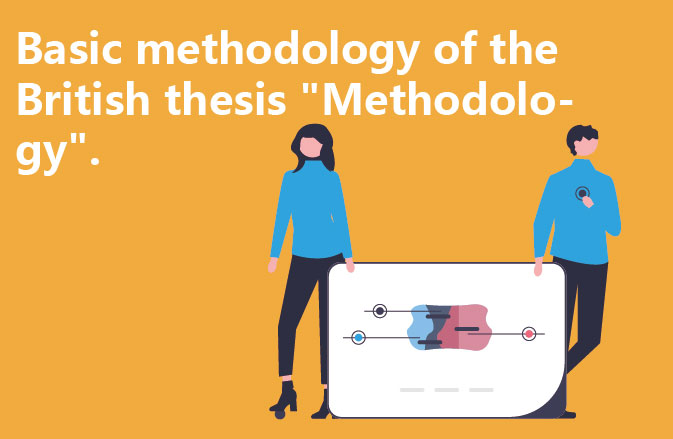The term ‘Methodology’ represents the underlying methodology of the study and consists of four core elements:
① What data to collect?
① What data to collect? ② How to collect these data?
③ Where does the data come from?
③ Where did the data come from? ④ How was the acquired data analysed?
To select an appropriate Methodology, it is recommended to follow the following steps.
1. Define the research objectives and questions
Clearly defining the core purpose of the study and the key questions to be answered will help determine the type of methodology to be applied and its soundness.
2. Carefully assess the characteristics of the study design
Specific features of the research design, such as empirical or theoretical, quantitative or qualitative, will help you to narrow down the scope of the appropriate methodology to be used.
3. Reference to industry research
Refer to existing research findings, case studies and methodologies to better apply them to your own ongoing research.
Qualitative research focuses on capturing and interpreting non-data sources, such as images, text, etc., to explore individual, group and societal perspectives in depth. The focus needs to consider the basis for selecting participants or data sources, the context of the research and where we are in the data collection.
Quantitative research relies heavily on the collection and analysis of data sources, which can enable inferences to be made. In doing so, it is important to describe in detail the method of sampling, the experience of operating the data collection tools, and to fully demonstrate the details of the entire process of data collection.
Examples of guidelines for common situations in quantitative research follow:
Survey Type – The time period and location of implementation and the specific means of execution.
Experimental – the selection of specific tools and the technical protocols.
Secondary data model – source of data and selection rules.
The following is a template for the presentation of a generic Methodology. 1:
1. Clarify the criteria for screening variables in previous studies
In existing studies, “…” is often used to screen for “…” variables.
The new “Method X” has promoted new explorations about “…”
In recent years, easier and faster “…” In recent years, easier and faster “…” tests have gradually developed.
In most previous studies, four different measures of “…” were used. In most previous studies, four different measures of “…” were used.
2. Declare the reasons for choosing a particular method
The main reasons for choosing to use a semi-structured approach are its adaptability and ease of operation.
“Method X” has significant advantages in exploring the mechanisms beneath the surface of “…”.
3. Explain why a particular method is limited
The great challenge facing experimental research institutes stems from “…”.
But this approach has had limited success in addressing long-term trends in “…”




